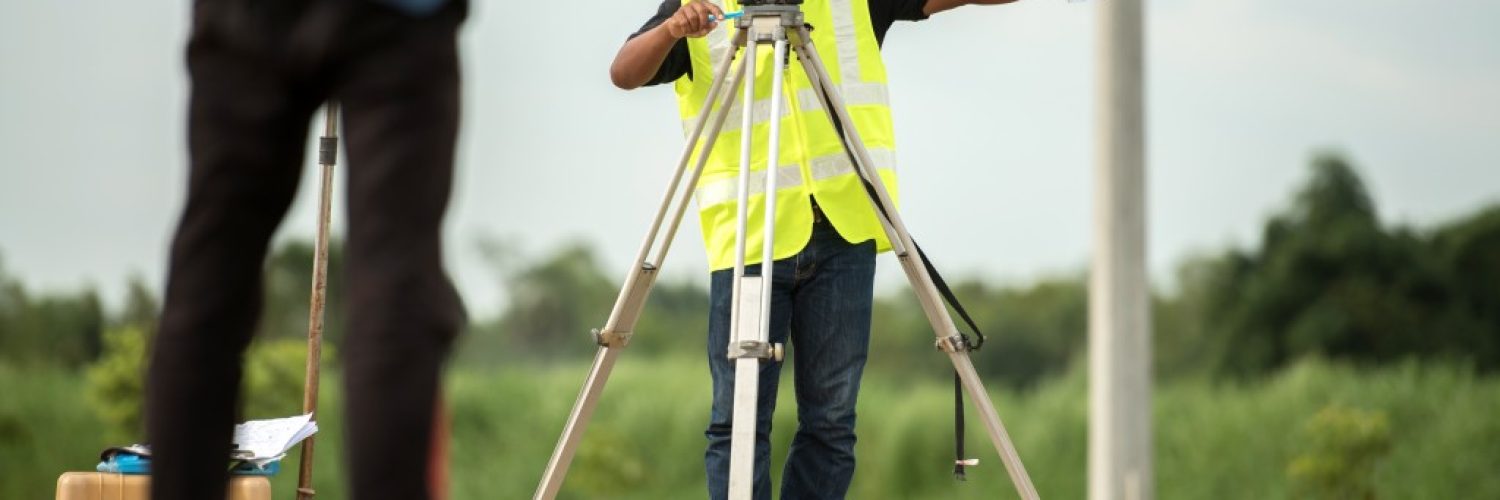Land surveying is a kind of work that is usually under the radar. It does not stand on its own, but is instead the first step in a lot of construction and project planning. Surveying needs are still the same as they were 20 years ago, but the tools to have made it more accurate and easier to do.
It has also made the job faster and more convenient for every land surveyor in Park City and other parts of Utah. Before the high tech tools, urban land surveying would not have been feasible, and it would be expensive relative to the benefits. It would also have taken too long to do.
3D Laser Scanning
Surveying has changed a lot since the introduction of lasers and 3D laser scanning. First off, lasers provide a high level of accuracy in measuring distances. The next step for laser scanning is the use of 3D technology to create better topological maps, more accurately, and much faster as well. One side effect of using this technology is that it allows the survey of dangerous areas. These areas were formerly not accessible with the older technology and methods.
The biggest change in land surveying came with LiDAR technology. LiDAR stands for Light Detection and Ranging. It is a remote sensing method using a laser to scan the land from above, usually on an airplane. The scanning can be top-down or angled. It provides details about the scanned area in a short time, without putting anyone in danger, and with great accuracy. This technology merges laser pulses, GPS and a scanner.
For land surveys, LiDAR uses a near-infrared laser to read the land, and returning pulses are read for the elevation. The GPS helps in recording the exact location of specific landmarks, as well as the general topology. Bathymetric LiDAR is another kind of scanning that uses green light, which is capable of penetrating underwater. It is used in scanning the seafloor and riverbed elevations.
Multiple Uses
 Although surveying is traditionally done to map the land, in relation to ownership, and for construction planning. It is also used in as-built plans after a construction project has been completed. The use of LiDAR has made this task much easier.
Although surveying is traditionally done to map the land, in relation to ownership, and for construction planning. It is also used in as-built plans after a construction project has been completed. The use of LiDAR has made this task much easier.
A highway construction project would take weeks or months to survey using traditional methods. A 3D laser scan can be done on a helicopter and the task can be finished in hours. Buildings can also be scanned and data points are saved from the scan. These data points show the image of the building in terms of distances, height, elevation and GPS coordinates. For structural changes or improvements, these readings can come in handy, especially if there are no as-built plans.
Land surveying has evolved beyond determining the boundaries and the area of a piece of land. These took days or weeks to do, but evolving technology has changed the role of land survey teams, enabling aerial surveys over jungles, or wooded areas. Cliffs, rivers, ravines, hills and mountains can now be surveyed just as easily as buildings and urban areas. Modern land surveying techniques allow for fast and accurate readings, which in turn allow the landowners and developers more information to work with as they develop the land or design new buildings.

